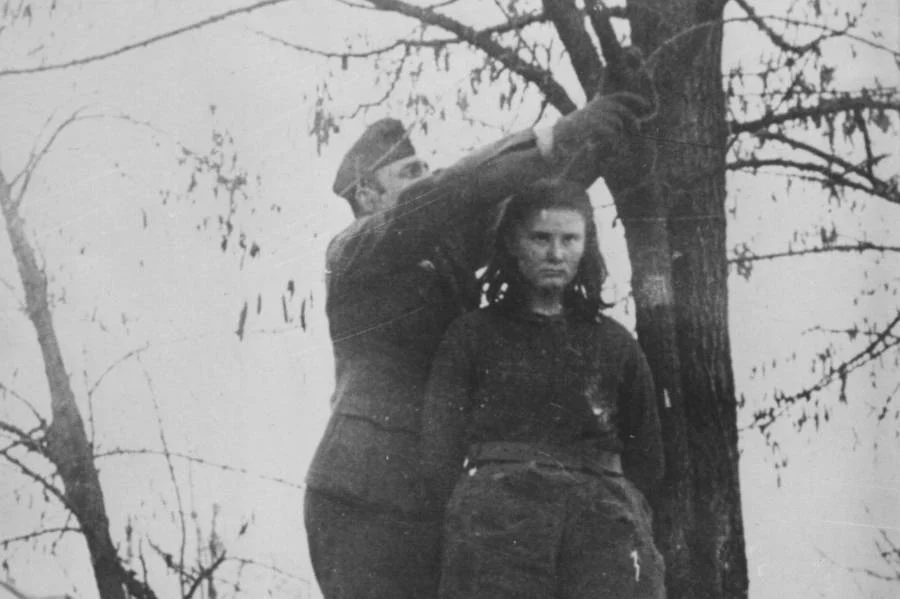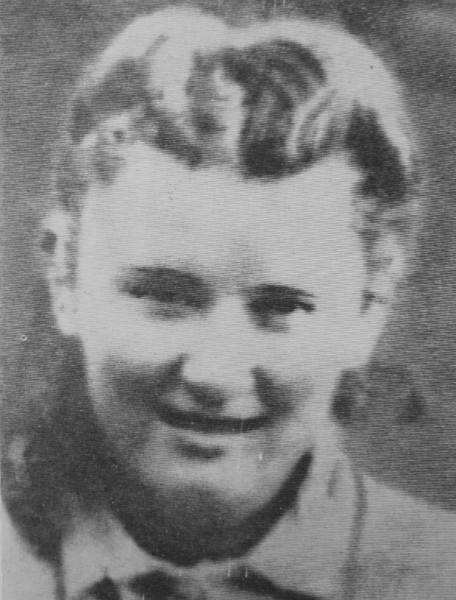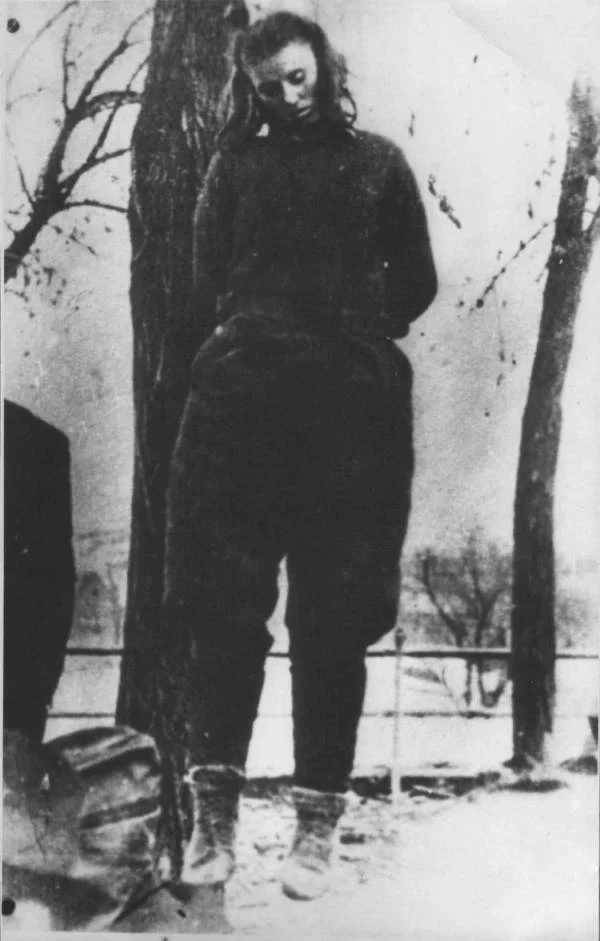Meet Lepa Radić: The 17-Year-Old Who Stared Down the Nazis and Never Blinked
Not all heroes wear capes—some wear courage like armor and meet history head-on, even when they’re barely old enough to vote. Lepa Radić was one of those rare souls. At just 17, she stood in front of Nazi soldiers, defiant until the very end, refusing to give up her comrades even if it meant her life. Spoiler: it did.
But her story is more than a tragic tale—it’s a lesson in bravery, in standing your ground when the world wants you to kneel. Let’s dive into how a teenage girl from a small village became a symbol of resistance, strength, and unshakable resolve.

The Storm Hits Yugoslavia: War Comes to Her Doorstep
The year was 1941. Europe was already torn apart by the Second World War, and now Hitler had his eyes set on Yugoslavia. On April 6, the Nazis launched a brutal invasion to secure their path toward the Soviet Union. Yugoslavia crumbled under the onslaught, but not all resistance vanished with it.
In the rugged mountains of what’s now Bosnia and Herzegovina, two major resistance forces began to form: the Chetniks and the Partisans. While the Chetniks were loosely unified royalists, the Partisans, led by Josip Broz Tito, were diehard communists with one goal—liberation through revolution.
This wasn’t just about war. It was about ideology, survival, and national identity. And right in the middle of it all? A young girl named Lepa Radić.
Video: Lepa Radić: The 17-Year-Old Who Defied the Nazis
A Teenage Rebel With Fire in Her Heart
Born in 1925 in the village of Gašnica, Lepa came from a family already deeply involved in the resistance. Her uncle Vladeta was active in the worker’s movement, and her father and other uncles would soon follow suit.
By the end of 1941, the Radić family’s activism landed them in the hands of the Ustashe—a brutal, fascist puppet regime in Croatia aligned with the Nazis. Lepa, just 16 at the time, was imprisoned along with her family. But not for long. Thanks to a daring mission by the Partisans, they were freed within weeks.
It would have been easy for her to walk away, to hide, to choose safety. But Lepa didn’t back down. Instead, she leaned in. She joined the 7th Partisan Company of the 2nd Krajiski Detachment and volunteered to work on the front lines.

Courage Under Fire: Protecting the Innocent
Lepa’s duties were no small feat. She was responsible for helping transport the wounded, caring for those caught in crossfire, and guiding women and children to safety. This was dangerous work. The kind that required guts, grit, and a total disregard for fear.
In early February 1943, during one such mission to evacuate civilians, she was captured. The Nazis caught her in the act of trying to save around 150 women and children from slaughter. But Lepa didn’t go quietly. She fired back, emptied her ammunition, and tried to hold them off until the very last second.
That moment of defiance would become her defining legacy.
Captured, Tortured, and Still Unbroken
After her capture, the Nazis tried everything to break her. She was thrown into isolation. Tortured. Interrogated for three days straight. They wanted names—details about her fellow Partisans. But Lepa stayed silent.
Even on the day of her execution, standing beneath a makeshift gallows in front of a crowd, the Germans gave her one last chance: tell us who they are, and you walk free.
Her response? Iconic.

Her Final Words Echo Through History
Lepa looked her executioners in the eye and said, “I am not a traitor of my people. Those whom you are asking about will reveal themselves when they have succeeded in wiping out all you evildoers, to the last man.”
And then she was hanged—only 17 years old, but with the resolve of a seasoned warrior.
The Germans hoped her death would serve as a warning. Instead, it became a rallying cry.
A Legacy Written in Bravery
Lepa Radić didn’t just die a martyr—she became a national hero. Her story spread across Yugoslavia, and the haunting photographs taken of her execution immortalized her in history. Nearly a decade later, in 1951, she was posthumously awarded the Order of the National Hero, one of the highest honors in the country.
For many, she became a symbol of Yugoslav resilience, especially during the country’s decades-long postwar rebuilding. Her face, young and fearless, came to represent the cost of freedom and the courage it takes to fight for it.
Video: The BRUTAL Execution Of Lepa Radic – The Teenage Girl Executed By The Nazis
Why Her Story Still Matters Today
In today’s world of loud opinions and fast headlines, Lepa’s story reminds us that real courage doesn’t always come with applause. Sometimes, it’s a teenage girl refusing to betray her friends, even when the price is death.
She didn’t have fame. She didn’t have an army. But she had conviction. And sometimes, that’s enough to shake the world.
Lepa Radić stood for something bigger than herself—and even in death, she never wavered. Her bravery lives on in history books, war memorials, and the hearts of people who still look to her story for strength.
Final Thoughts: The Spirit That Couldn’t Be Silenced
Lepa Radić was just a teenager. But in those 17 short years, she did more for her people than most do in a lifetime. She stood tall when others would’ve collapsed. She protected the weak. She gave everything for what she believed in. And in doing so, she reminded us that true heroes don’t always survive—but their stories do.
Her voice was silenced, yes. But her message? It still roars.